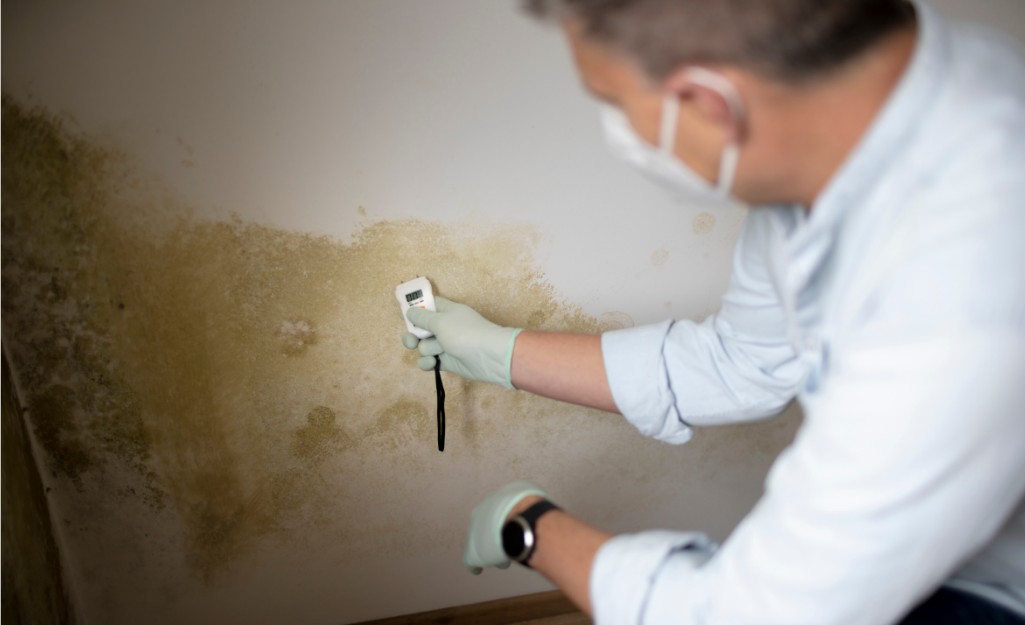Exactly how to Prevent a Water Damaged Bathroom
Exactly how to Prevent a Water Damaged Bathroom
Blog Article
Each person has their personal thinking about Common Causes of Water Damage in a Bathroom.

The bathroom is extremely prone for wet accumulation and prospective water damages as a result of the frequent use of water in it. This post supplies simple evaluation strategies to aid detecting water damage hazards.
The regular use of water in the shower room makes it exceptionally vulnerable for damp build-up and also possible water damages. By inspecting it routinely, you can decrease water related damages.
The adhering to collection of examinations is very easy to execute and also need to be done when in every three months in order to keep your restroom in good shape and to prevent potential water problems brought on by the bath tub, the shower, pipeline joints as well as plumbing, sinks, cupboards, as well as the toilet
Do not neglect executing these examinations as well as be comprehensive while executing them. Remember that these easy inspections can conserve you a great deal of money by giving early indications for water damages
Tub and Shower
The shower and bathtub call for unique attention and upkeep. Inspect the ceramic tiles and change if split. Ensure that there is no missing cement between the floor tiles. Check and change split caulking at joints where the walls meet the flooring or the tub. Clogged drains pipes as well as pipes troubles will certainly protect against the tub from drying and also may indicate significant issues beneath the bath tub. Speak with a professional quickly to avoid structural damages. Take note of stainings or soft areas around the bath tub walls as they may suggest an internal leakage.
Plumbing
Signs for water damage are tough to discover given that many pipes are mounted inside the walls.
Pay unique attention to floor covering as well as wall surfaces wetness and also stains as they might indicate an unseen plumbing problem. Examine moisture degrees in adjacent rooms too.
Sinks and Cabinets
Sinks and also cabinets are subjected to moisture as well as moisture everyday and also are usually overlooked. Examine consistently under the sink as well as on the kitchen counter above it. Fix any kind of drip in the trap as it might recommend drain troubles. Look around the sink, sluggish draining pipelines may suggest an obstructed drain. Replace sink seals if they are fractured or loose.
The Bathroom
The commode is a vulnerable water junction. Examine the water lines and search for leaks around the bathroom seat, in the tube, and under the water storage tank. If you identify any indications of wetness on the flooring around the toilet, check for leakages in the toilet edge and tank seals.
Know that hanging commode bowl deodorants enhances the opportunities for obstructions.
Water Damage Signs In The Bathroom To Avoid Cleanup
Musty smell
This is one of the easiest signs to catch because musty smells are so odorous. The damp, earthy, moldy smell should be a big red flag. The smell will develop when moisture gets trapped in surfaces, and begins to facilitate mold growth. Leaking pipes under cabinets, inside walls, and behind shower fixtures will cause moisture to stay trapped and not dry, which will lead to mold growth and spread. As soon as you notice any musty smells in your bathroom, have it checked for hidden water damage and cleanup signs.
Visible mold
If the smell isn’t there to give it away, sometimes you will actually see mold growth. Finding mold in your bathroom is a serious problem, because mold is very harmful to your health. By the time mold growth is visible, it also means that water damage has already occurred and been present for some time. The only way the mold problem can be resolved is to find the source of the moisture and get it stopped. To safely and adequately remove mold, you need to have professionals handle the remediation. Do not waste any time in getting mold problems addressed, fixed, and sanitized so that you can protect you and your family from the many respiratory symptoms caused by mold exposure.
Damaged floors
Bathroom floors should be able to withstand some exposure to water while still remaining in good condition. However, when excess exposure or water leaks occur, they will begin to damage even the most water-resistant flooring. If you notice any cracking, bubbling, staining, or warping on your bathroom floors, there is probably a water leak somewhere causing the distortion. If you notice areas of the floor have become softer, or even have a spongy feeling, there is probably damage to the subfloor. Subflooring is typically made up of plywood. When plywood is exposed to water or moisture, it will absorb it. Once it has become saturated, the weight of the excess water will cause the wood to swell and soften. Check the floors in your bathroom frequently to catch any of these sings before they lead to damaged subflooring.
Changes on walls
When water leaks behind walls, it will cause changes in the drywall. Peeling plaster, blistering paint, and soggy wallpaper are all good indicators that excess water is building up behind the wall. Water leaking behind drywall will cause it to swell and be soft to the tough. If you start to notice gaps along the trim of your walls, or where tile meets the wall, it could also be a strong indicator that there is a leak behind the wall. Any changes, distortion, or damage on the walls should be evaluated as soon as you notice it to prevent further water damage and cleanup.

As a keen reader about How to Prevent Bathroom Water Damage, I thought sharing that blog post was a great idea. Those who liked our blog entry please remember to share it. We treasure reading our article about Looking for Signs of Water Damage in the Bathroom.
Set Up An Appointment Report this page